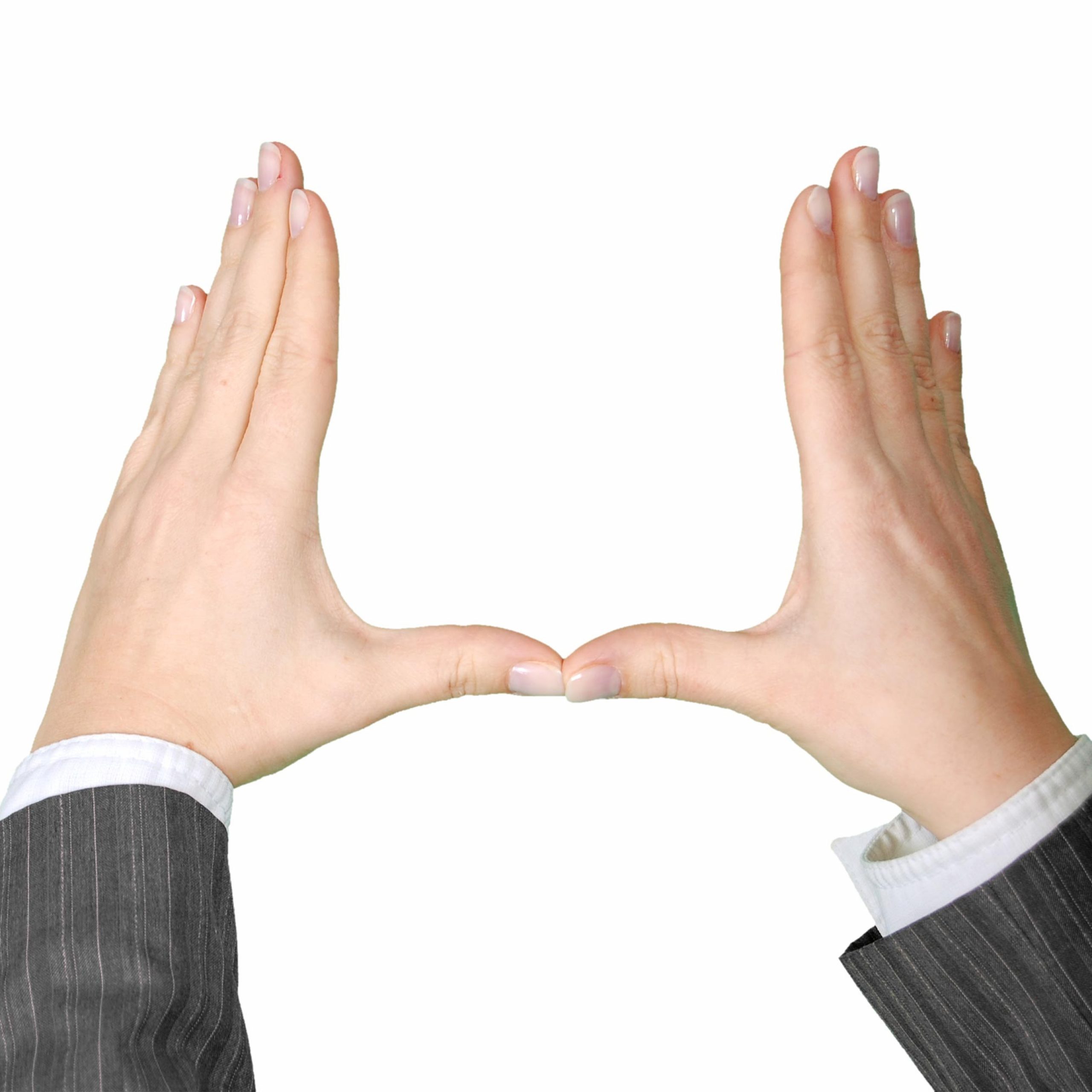
Gestures Communicate A Lot
BY: Judith Rasband • Aug 05, 2019
Your arms and hands have a powerful impact on others. Their movements are highly visible and provide an avenue for communication-another means to convey a message. To take full advantage of their power, you must first become aware of nervous of unnecessary gestures that distract others to create a negative impression, then work to eliminate them.
Everyone is subject to nervous gestures or habits. Fingers that tap on the table belong to nervous, distracted, bored or impatient people. The same is true of people who play with pencils, fold and refold pieces of paper, pull on necklaces or twist a ring or strand of hair. Hand wringing, shaking or fidgeting hands are sure signs a person is nervous or tense. Other nervous habits nail-biting and picking at cuticles, smoothing clothing and straightening a scarf of tie.
If you are speaking, the moment your hands move to touch some part of your body or clothing, the listener’s eyes are pulled to that movement. So don’t touch your body. Flicking something off your fingers is one of the most offensive motions there is. Keep your fingers out of your hair, your teeth, your ear, and your nose. Need I say more?
Not knowing what to do with your hands is the most common complaint from someone who feels nervous. Hands rattling keys or change in the pocket are typical responses. Hands moving around those pockets border on the obscene. Hands should stay still, but not in the “fig leaf,” with hands behind your back. People tend to wonder what you’re doing back there.
Frustration often triggers gestures that resemble a hitting motion. Watch athletes when they’ve blown an important play and you’ll see a variety of abbreviated hitting motions. Reaching for the back of the head or behind the neck is often seen as the beginning of a hitting motion. With fingers extended rigidly or doubled into a fist, you appear ready to fight.
The pointing index finger could simply be stressing a point, but it’s often seen as a threatening gesture and evokes immediate negative feelings. With the handheld still, the pointed finger is accusing. If the hand is shaking the finger, the message is stronger and indicates a scolding. It says, “I have authority” and orders another to “do what I say whether you want to or not.” This gesture also resembles a hitting motion, and the person being scolded feels under attack.
The arms folded is a common gesture many people use to create a barrier between themselves and someone else. It shows an unwillingness to communicate or cooperate, to open yourself to other people or ideas. It shows defiance or disagreement. Don’t mistake this one, however, the real message here could be that room is cold or that folded arms are simply more comfortable.
Flailing your arms while speaking or walking looks awkward at best and hostile at worst. Fluttery, overly feminine hand gestures rob you of your credibility. Both hands clasped together make you seem meek and submissive to authority. Folded neatly in your lap “like a good little boy or girl,” especially if they are deep under a table, make you look like a victim.
Rubbing your nose says to some, “I’m not sure,” and to others, “It was undafir.” Hands on your hips appear aggressive, an attempt to intimidate. Hands outstretched appear to be pleading. Angled up in the air and they say, “Who me?” or “Don’t ask me, I don’t know.” Palms forward says, “Go away.” Touching any part of your face or head can be distracting and often indicates thoughtful uncertainty.

